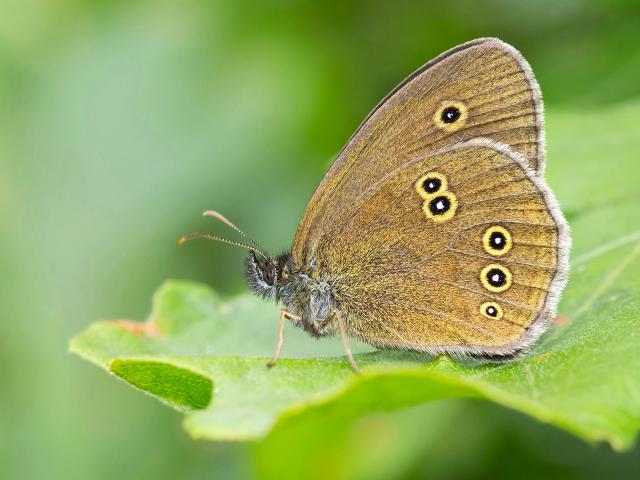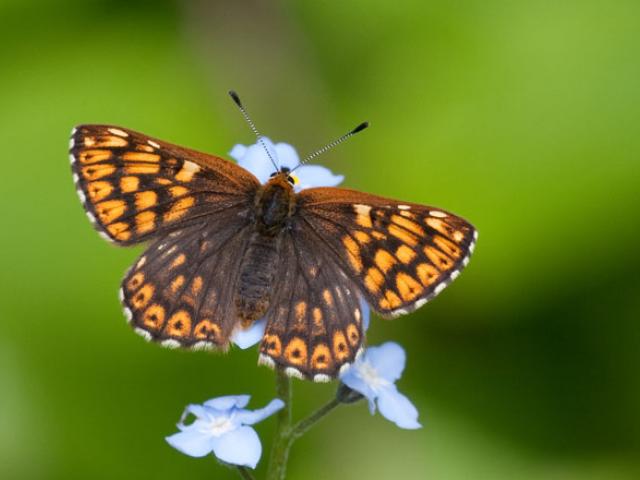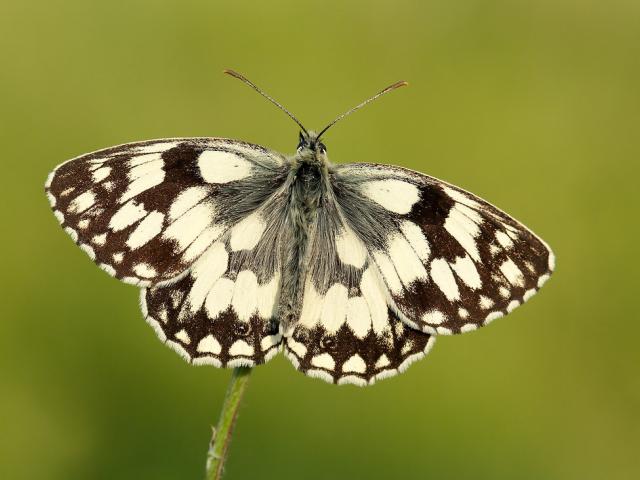The warm spring weather, capped by the UK’s sunniest May since records began, has led to the early emergence of many butterfly species.
53 of the UK’s 59 resident and regular migrant butterfly species had already been spotted by the end of May this year, the first time this century that so many have been seen by the end of spring.
Dr Richard Fox, Associate Director of Recording and Research at the charity Butterfly Conservation, who compiled the figures, said: “Over the past 20 years, we’ve typically received reports of 39 species by the end of May, so 53 this year is amazing. Last year, for example, only 43 butterflies had put in an appearance by this point and the only other year to come close to the current total was in 2011, when 50 species had started to emerge by 31 May.”

The sightings, made by members of the public and displayed on Butterfly Conservation’s First Sightings web page, shows some extremely early dates for particular species this spring. The first Ringlet butterfly, for example, was reported on 24 May, but would not normally be seen before 8 June, while the White-letter Hairstreak spotted on 29 May typically doesn’t appear until 11 June. The Silver-washed Fritillary and White Admiral, classic butterflies of summer woodland in southern Britain, were both seen on 30 May, two weeks earlier than usual. The rare Large Blue, successfully reintroduced to Britain in the 1980s, made its earliest ever appearance this year.
The unusually early emergences aren’t necessarily a worry for these butterfly populations. Richard continues: “Butterflies are able to adjust their emergence dates to suit the vagaries of the UK weather, indeed they need to do so to remain in sync with the plants that their caterpillars need to feed on. However, the trend towards earlier emergence of butterflies and moths in Britain over recent decades in response to climate change isn’t necessarily beneficial. Recent research shows that emerging earlier leads to larger populations of species that have more than one generation each year. In such species, the earlier emergence of the first generation leads to greater abundance in the second brood.
However, for species that only have one generation each year, this positive effect on numbers was not found. Indeed, for some, more specialized species, there was a negative impact – earlier emergence led to reduced population size.”

Even more concerning is the impact that severe drought can have on butterfly numbers as plants die back leaving caterpillars to starve. Despite the record-breaking February rainfall, many parts of the UK had received little rain until this week and vegetation was starting to look parched. Richard says: “Prolonged dry weather is likely to be worse for butterflies that live in open habitats with thin soils, such as chalk downland. The Duke of Burgundy butterfly, for example, lays its eggs on the leaves of Cowslips and Primroses, which quickly become desiccated in dry weather.”
This news comes ahead of Butterfly Conservation’s Big Butterfly Count, the largest citizen science project in the UK, which last year saw over 113,000 people take part.

“This year will be particularly interesting”, says Richard. “We will be looking to see if species that emerged early and have their second generation during the Count do particularly well, and whether single-generation species, such as Marbled White, are still about in July for all of our Big Butterfly Count participants to record. All of this helps us to ‘take the pulse of nature’ and understand the effects of climate change and human impacts on the health of our wildlife.”
The Big Butterfly Count runs between 17 July and 9 August and is the UK’s biggest citizen science event. Anyone can participate and do as many counts as they like through the Bigbutterflycount.org website or app.


